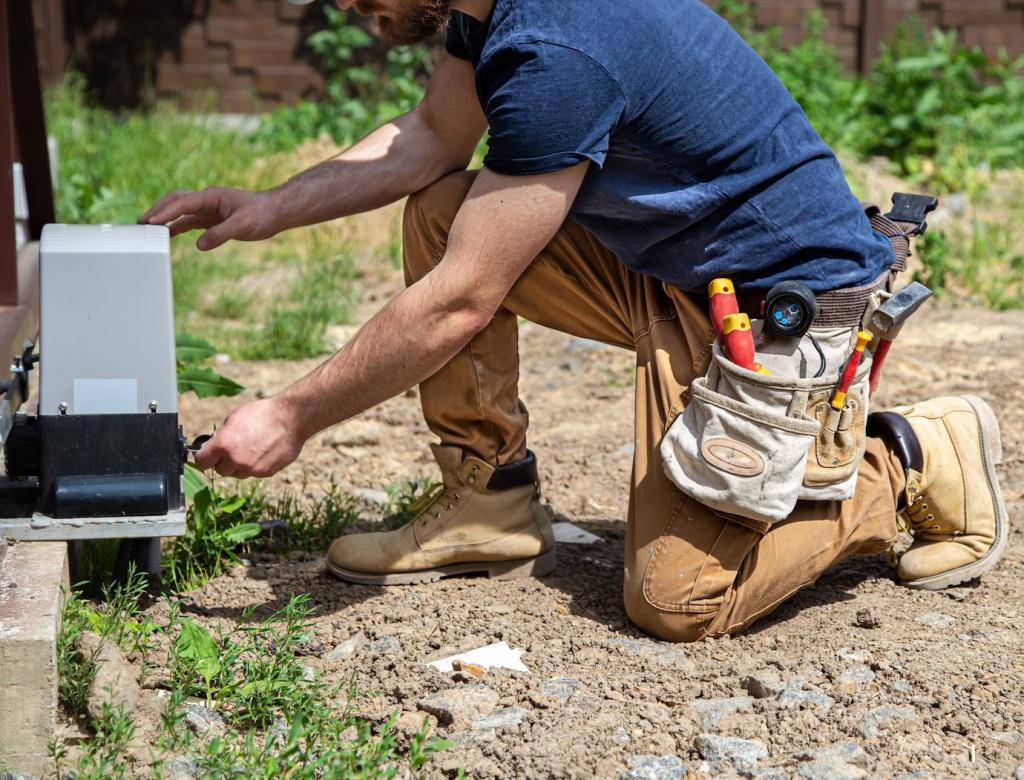Your Natural Care Kit: Simple Tools, Big Results
Stock soft microfiber cloths, an upholstery brush, a soft-bristle dusting brush, a squeegee for glass, and a vacuum with crevice and upholstery tools. These mechanical helpers remove dust and crumbs effectively without any harsh product required.
Your Natural Care Kit: Simple Tools, Big Results
Keep distilled water, mild castile soap, white vinegar, baking soda, food-grade jojoba oil, beeswax, and lemon for fresh scent. Label spray bottles, note dilution ratios, and always spot-test on a hidden area to confirm fabric or finish compatibility.





